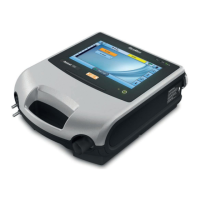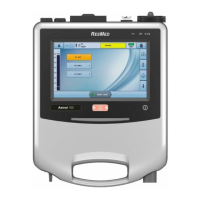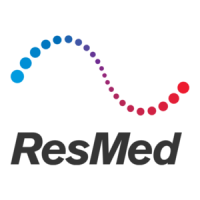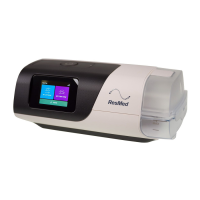Introduction
English 1
Introduction
The Astral device provides mechanical ventilation to both ventilation dependent and non-dependent
patients. It delivers pressure and volume ventilation through either a valve or leak circuit, and is
compatible with a range of accessories to support specific use cases.
The information in this guide applies to both the Astral 100 and the Astral 150 devices. Where
information applies to only one of these devices, that device will be specified.
Note: Some features may not be available on your device.
The User Guide is for patient or carer users, and also provides introductory content for clinical users.
The User Guide does not contain all the information provided in the Clinical Guide.
WARNING
Read the entire manual before using the Astral device.
• Use the Astral device only as directed by a physician or healthcare provider.
• Use the Astral device only for the intended use as described in this manual. Advice contained
in this manual does not supersede instructions given by the prescribing physician.
• Install and configure the Astral device in accordance with the instructions provided in this
guide.
Indications for use
The Astral 100/150 provides continuous or intermittent ventilatory support for patients weighing more
than 5 kg who require mechanical ventilation. The Astral device is intended to be used in home,
institution/hospital and portable applications for both invasive and non-invasive ventilation.
CAUTION
The Astral device is not intended for use as an emergency transport ventilator.
Clinical benefits
The clinical benefits of non-invasive mechanical ventilation in the acute environment may include;
reductions in hospital mortality, endotracheal intubation, intensive care unit (ICU) length of stay, weaning
failure and ventilator-associated pneumonia, and improvement in physiologic parameters (eg, blood
gases and work of breathing).
The clinical benefits of non-invasive mechanical ventilation in the chronic environment may include;
improvements in overall survival, daytime symptoms (eg, somnolence and fatigue), physiologic
parameters (eg, blood gases and lung function), health-related quality of life and sleep quality, and
decrease in hospitalisations and dyspnoea.
The clinical benefit of invasive mechanical ventilation is sustaining life, or as an alternative to non-invasive
mechanical ventilation where non-invasive mechanical ventilation is contraindicated.
